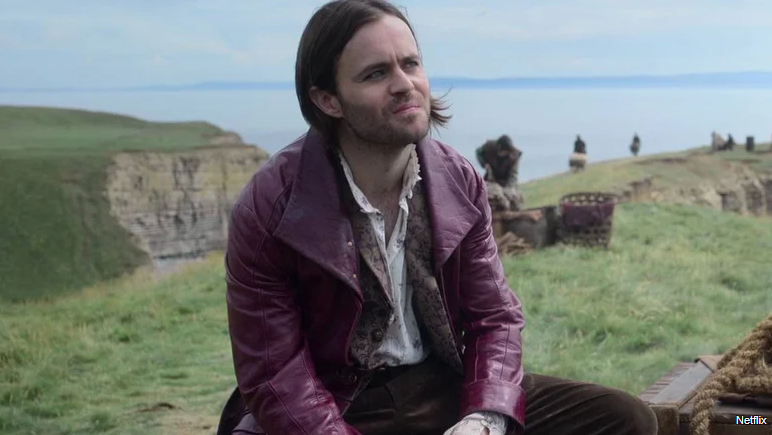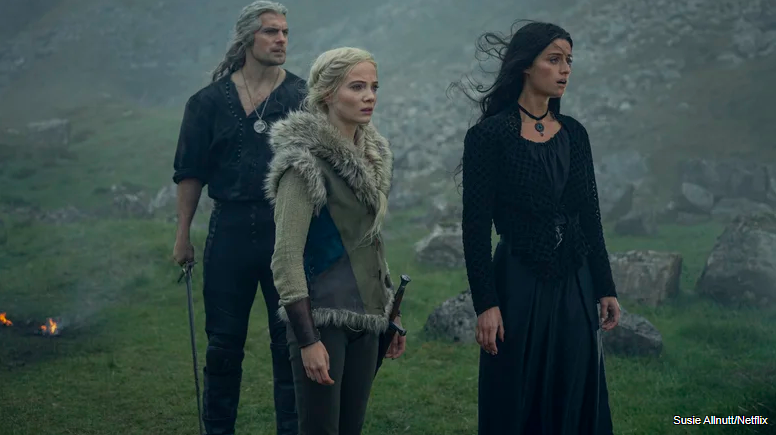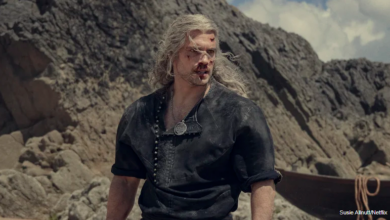The Witcher S3 Allowed The Story To Breath Again By Expanding Their Horizons

The best part of many fantasy series is the world-building. A good show or movie will build out the world, laying out clear rules for viewers to follow while hinting at even greater machinations behind every corner. It should feel as lived-in as the real world, and that’s precisely the ideology that went into fleshing out the Continent in “The Witcher” Season 3.
The first five episodes of the new season came out on June 29, with the remaining three coming out a month later. But even in the first half of the season, it’s clear the team behind “The Witcher” wanted to go for the gusto. Not only is the Continent vast in scale, but each individual location has a story of its own to tell. Production designer Andrew Laws spoke with Variety about wanting to build out the world more: “I think that you see a lot of that in Season 3, we see more of the worlds, we see different parts of the world. We recognize things that we’ve maybe established before, you know, Cintra, Redania, etc, but we’re seeing different parts of it and maybe more detail.” The result is a setting that doesn’t just feel like fodder for the characters to go through but something that would feasibly exist if magic were real.
The pandemic inspired The Witcher Season 3 to pursue a more global feel

“The Witcher” Season 3 sees Geralt (Henry Cavill) and his compatriots travel across the Continent, reaching many environments and meeting people and new monsters native to those lands along the way. But it wasn’t just Geralt and his friends coming out of hibernation to go on new adventures. The world was put on lockdown during the height of the pandemic, and laxer restrictions meant the film crew could explore more of the world, too. Andrew Laws noted how they were also coming out of that situation, “There was a sort of liberation there and that we can spread our wings again, and opens it up a little bit more.”
But it was more than merely shooting at fanciful locations in the present. It also involved setting the stage for other lands to explore in “The Witcher” Season 4 and beyond and making it clear this is a series that could go on for a while. This idea led to more diverse locations to make the Continent feel more lived in: “We were in a position where we could be a little bit more global with where we wanted to be and that was very exciting. We knew that could add a lot, particularly when we open the story up but also further down the line and in the later episodes. It just allows our world to breathe again, which I think is really important.”
“The Witcher” isn’t the kind of show that should feel claustrophobic. It should feel like Geralt can go anywhere, with new surprises around every corner, and hopefully, that attitude continues long after Season 3, Volume 2 airs.



